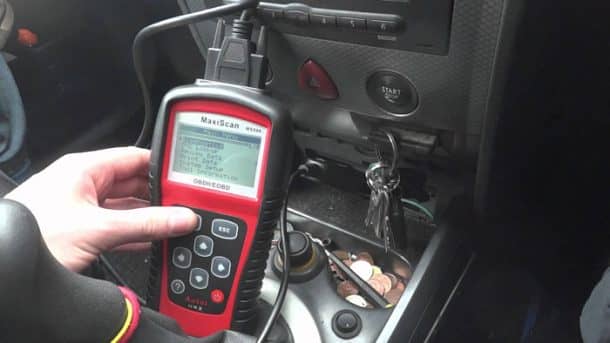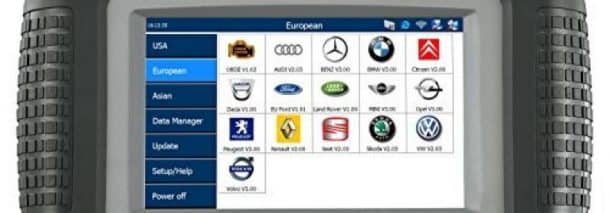The check engine light of your car often shines while your car still runs excellent and idles perfectly well. Well, it might be an electrical fault or maybe not. It can turn itself on and off occasionally which is sure to frustrate you by now. It is difficult to find the issue in old cars however in today’s cars; you can find out about the problem thanks to the OBD-II installed in them.
On-Board Diagnostics
OBD is On-Board Diagnostics system. It arrived in the market thanks to a mandate by the California Air Resources Board which required all cars from 1991 onwards to be able to monitor emissions-related systems. The second generation OBD was implemented nationwide five years later. The port of the diagnostics is located on the driver’s side footwell, under the dashboard. It is a very sophisticated and high-speed system with a lot of self-checks to keep the car running as long as it is wanted.
Tune-ups are slightly outdated these days because the computer system self-corrects the fuel mixture and ignition at every crankshaft revolution. The standardization of this port means that any tool can be used to look at data from any car. Apart from the basic codes, some car manufacturers have some manufacturer specific data which offer even more information. Since the OBD-II can also report data such as vehicle speed, throttle position, and brake position, it comes in handy for more than just troubleshooting the system.

The Basics
To check what is wrong with your car, you need to attach an OBD-II tool to the car’s port, start the car and then activate the scanning. The tool will show a list of active fault codes and what they represent. For example ‘P0300: Cylinder Misfire Detected’. This will tell you from where you should begin your troubleshooting. In the example, the problem is perhaps related to the ignition system. Therefore you can clear the MIL with the scan tool. However, it is not recommended to do that unless you have solved the problem.

Going Deeper Into Details
There are more than 3000 generic fault codes in addition to manufacturer-specific codes. Not all the codes point to a clear solution, but there are chances that someone else has already solved this problem and shared the story on a message board. If you fix a lot of cars or have a high-maintenance vehicle, there are also subscription-based services such as Actron’s RepairPath.com which point you to model-specific repairs for every code.
Sometimes it is tough to track down the fault. In such cases, you need more information to decide how to proceed. Very sophisticated and delicate tools are used to check the state of the car’s sensor at the time of the fault. These clues help to determine precisely when an error is happening and what else is going on with the car. However, it is essential to solving the basic automotive problem as well. You want to avoid replacing every part of the car which might be malfunctioning. You can check if the engine is running fine, by monitoring the signals coming from the intake airflow and oxygen sensors and compare them with the expected values.
If the repair is too big to be done on your own, the OBD-II tool is still helpful when you will take the car to a repair shop. It will help the mechanic to check all the symptoms and start the diagnosis accordingly.


